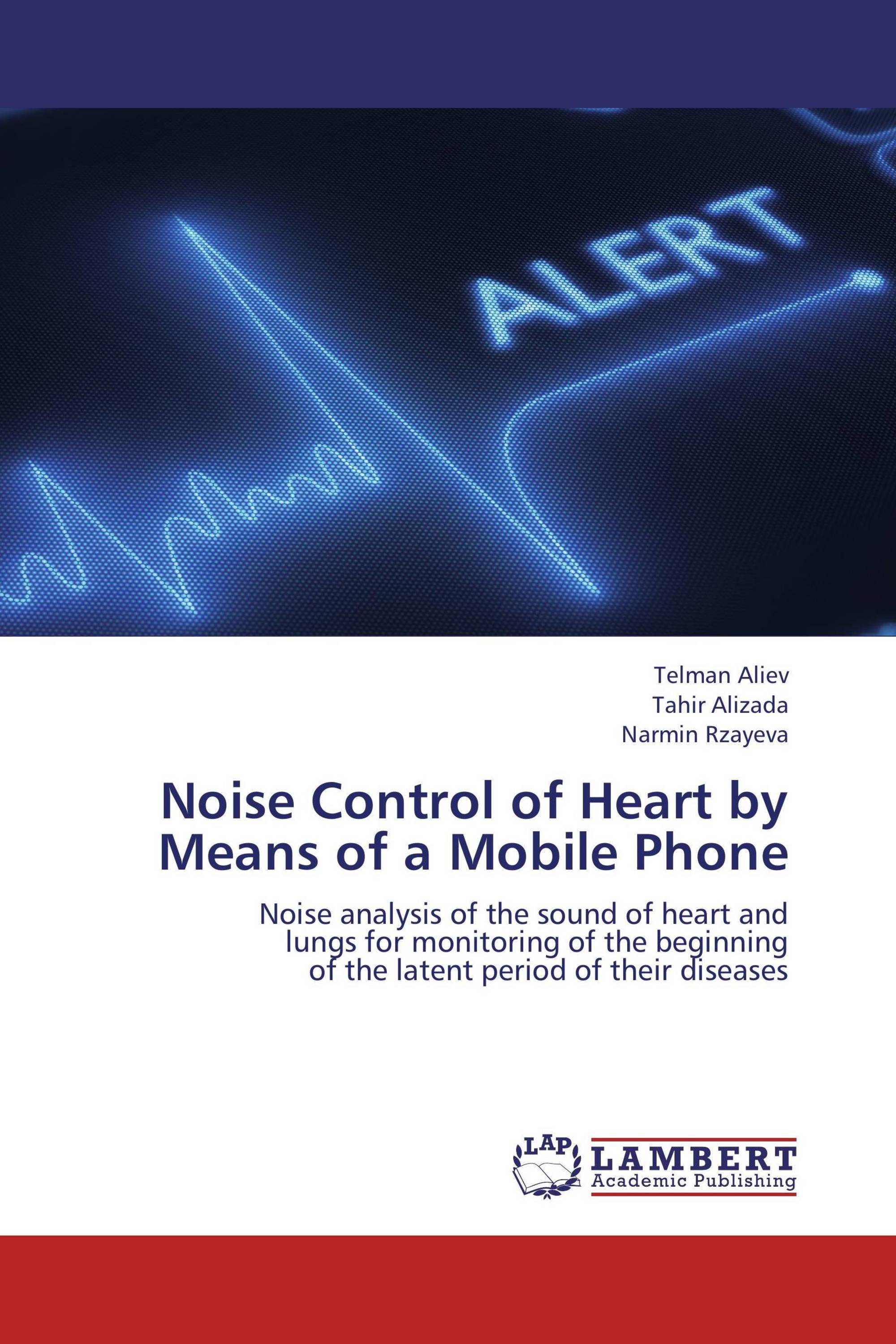


You can rent or buy a Doppler for home use. The returning sound waves are processed and amplified by the device so you and your provider can hear the heartbeat. The Doppler sends and receives sound waves that safely bounce off your insides, including your baby's heart. Your doctor or midwife will cover the device with ultrasound gel and move it around on your belly until they find a spot where the heartbeat can be detected. Your provider will check your baby's heart rate with a fetal Doppler (a handheld ultrasound monitor) at each prenatal visit after about 10 weeks. How will I usually hear my baby's heartbeat? An ectopic pregnancy is a surgical emergency that can be fatal if not treated quickly. Although ectopic pregnancies are never viable, they can sometimes develop enough to have heart motion. In this case, an ultrasound wouldn't pick up heart motion in the uterus because there's no embryo there. If there's no heartbeat when expected (and ultrasound measurements confirm the age) or if cardiac activity was detected and now isn't, this may be a sign of miscarriage. Extra padding between the ultrasound wand and the baby may make it harder to detect the heartbeat. Because of the position of your uterus, the baby can be just a little further away and harder to detect.

(This can happen, especially if your menstrual cycle was irregular.) Your provider will schedule another visit in a week or two. If your doctor or midwife doesn't find your baby's heartbeat on your first-trimester ultrasound right away, it could be because: What if my provider can't detect a heartbeat? The chances of a miscarriage once you see or hear a heartbeat are less than 10 percent (at 6 weeks) and less than 1 percent at 9 weeks. If the heart rate of the embryo or fetus is healthy, it's a sign that development is progressing normally. You're likely hearing your own heartbeat in the background. Also, if you hear two heartbeats, don't assume you're having twins. If you hear a whooshing noise, that's not the heartbeat – it's probably because of movement or the monitor traveling past your placenta. The embryonic and fetal heartbeat is fast, about 110 to 160 beats per minutes. Many women say that the beating of their baby's tiny heart sounds like galloping horses. Your baby is now getting oxygen from their lungs and not from the placenta. At birth, the opening between the two atria closes.Small blood vessels form and fill with blood.At about 10 weeks to 12 weeks, the heart is formed.Valves form between the ventricles and the aorta (large blood vessel) and pulmonary artery.Walls form to divide the chambers, each with an entrance and exit for blood flow.The middle of the tube forms the two lower chambers (ventricles).The heart tube twists and bends into an S shape, and the bottom of the tube moves up to form the two upper heart chambers (atria).

Read more on the McKelvey School of Engineering website. The approach allows researchers to directly monitor the coupling of calcium waves, membrane voltage and mechanical contraction beat by beat in heart tissue models, giving insight into diseases of the heart. This so-called virtual blebbistatin was created from two algorithms: one that has been successful in estimating displacements for cardiac mapping and another that uses the first to map evolving signals back to a stabilized image of the tissue. The team’s algorithm mimics the action of blebbistatin, a drug that inhibits motion of heart muscle but also can negatively impact the underlying structure of these cells. Our group leverages biomaterials and genetics to study how inherited cardiomyopathies develop, and we are very excited to have a tool that allows us, for the first time, to directly and non-invasively study electro-mechanical coupling in cardiomyocytes.” “In many cases, deadly arrhythmias happen because the electric pulse becomes decoupled from the mechanical squeezing. “When the heart beats, the electrical signal goes through the tissue, and that triggers mechanical squeezing,” said Huebsch, who studies how mechanical cues affect heart development and disease.


 0 kommentar(er)
0 kommentar(er)
